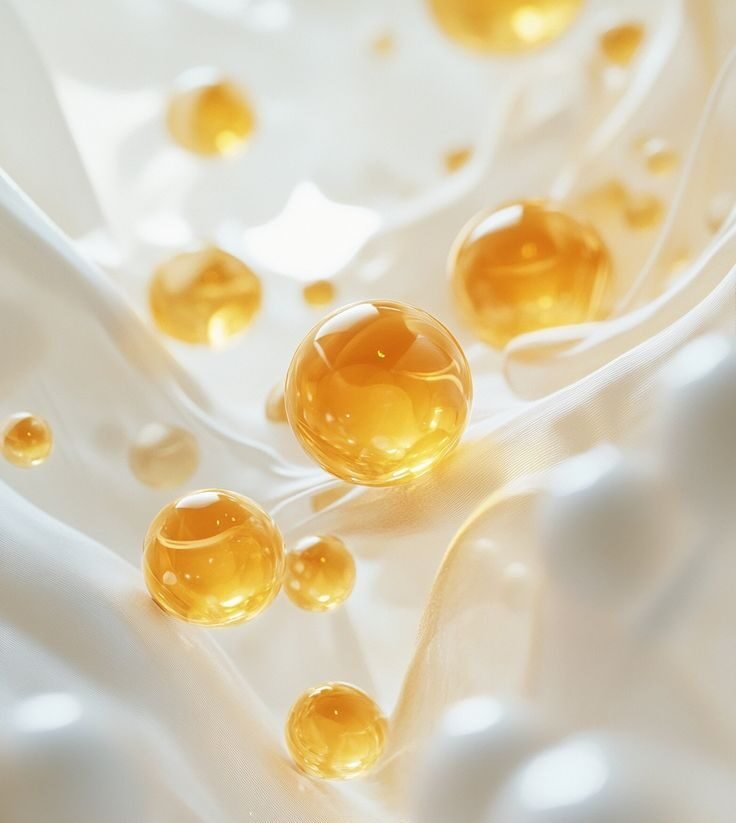In skincare, few ingredients are as essential as ceramides. Among them, Ceramide NP stands out as a powerhouse for skin health and barrier protection. This natural lipid occurs in the stratum corneum—the skin’s outermost layer—and plays a vital role in maintaining hydration, elasticity, and resilience. When formulators design products for sensitive or compromised skin, Ceramide NP remains one of the most scientifically validated actives available today.
What Are Ceramides?
Ceramides are a family of lipids (fats) that naturally exist in the intercellular matrix of the skin. They act like the “mortar” holding skin cells together—the corneocytes—forming nearly 50% of the skin’s barrier composition. Because of this structure, the lipid matrix limits transepidermal water loss (TEWL), prevents the entry of irritants, and maintains the smooth, supple texture that defines healthy skin (Journal of Clinical and Aesthetic Dermatology, 2022).
However, as we age or expose our skin to environmental stressors and harsh cleansers, ceramide levels decline. When that happens, the barrier weakens and loses its integrity. Consequently, dryness, irritation, and increased sensitivity begin to appear. For this reason, restoring these key lipids has become a foundation of modern barrier-repair formulation.
Why Ceramides Matter
The skin barrier serves as the body’s first line of defense. Without sufficient ceramides, the stratum corneum becomes porous and cannot hold moisture effectively. Over time, this dysfunction leads to issues such as xerosis (dry skin), eczema, and psoriasis (Dermatologic Therapy, 2020).
A strong barrier maintained by ceramides ensures:
- Better hydration through reduced TEWL
- Protection from pollutants and microorganisms
- Less redness and inflammation
- Improved performance of other active ingredients
Because of these benefits, dermatologists frequently recommend ceramide-rich formulas after exfoliation treatments, retinoid use, or post-procedure recovery.
What Is Ceramide NP?
Ceramide NP—also known as Ceramide 3—is one of the most abundant ceramides found in healthy skin. The abbreviation “NP” represents its unique structure:
- N = normal fatty acid chain
- P = phytosphingosine base
Together, these elements form a biomimetic lipid identical to those in the human barrier. As a result, Ceramide NP integrates seamlessly into the skin, reinforcing its cohesive function and reducing water loss (International Journal of Cosmetic Science, 2018).
Moreover, Ceramide NP can be sourced from rice bran, wheat, or yeast fermentation, or it can be produced synthetically. In both cases, the molecule performs identically—strengthening the barrier, improving elasticity, and reducing irritation.
Benefits of Ceramide NP
-
Restores Dry and Dehydrated Skin
Ceramide NP replenishes depleted lipids, thereby improving the skin’s ability to retain moisture. According to research, regular application leads to significant barrier recovery within just a few days (Skin Pharmacology and Physiology, 2021). Consequently, skin becomes smoother, softer, and visibly healthier. -
Locks in Moisture
By reducing transepidermal water loss, Ceramide NP helps maintain optimal hydration. Therefore, the skin remains plump, flexible, and resistant to premature aging. -
Strengthens the Barrier
When the lipid matrix is intact, it shields against pollutants, UV radiation, and irritants. Consequently, the skin becomes more resilient, less inflamed, and quicker to recover from stress. -
Soothes Sensitive or Compromised Skin
Ceramide NP restores comfort to skin affected by eczema, psoriasis, or barrier disruption. Because it reduces redness and irritation, it’s ideal for reactive skin conditions (American Journal of Clinical Dermatology, 2019). Over time, the skin looks calmer and feels more balanced.
How Ceramide NP Is Used in Skincare Formulation
Ceramide NP is a versatile ingredient suitable for a wide range of cosmetic formulations, including:
- Moisturizers and night creams
- Barrier-repair serums and ampoules
- Gentle cleansers for dry or sensitive skin
- Sunscreens and after-sun repair creams
- Body lotions designed for xerosis or atopic skin
Typically, it is used at 0.05% to 1.0%, often combined with cholesterol and free fatty acids in a 3:1:1 ratio to replicate the skin’s natural structure. Furthermore, formulators frequently pair it with humectants such as hyaluronic acid or glycerin and soothing agents like panthenol and niacinamide. These combinations enhance both hydration and resilience.
Ceramide NP and Skin Conditions
Clinical studies confirm that skin affected by eczema, atopic dermatitis, or psoriasis contains significantly fewer ceramides. This deficiency leads to higher TEWL, inflammation, and discomfort (Acta Dermato-Venereologica, 2020).
By restoring Ceramide NP levels, skincare formulations can:
- Rebuild barrier integrity
- Reduce itching and flaking
- Minimize flare-ups
- Improve comfort and smoothness
- While Ceramide NP does not replace medical treatment, it provides meaningful symptom relief and supports long-term skin balance.
Combining Ceramide NP with Other Actives
Ceramide NP works synergistically with many barrier-supportive actives. For instance:
- Niacinamide boosts the skin’s natural ceramide production, amplifying results.
- Hyaluronic acid attracts and retains water, complementing Ceramide NP’s barrier function.
- Panthenol and squalane add emolliency, improving softness and recovery from dryness.
- Peptides and PDRN derivatives encourage structural repair after exfoliation or stress.
When combined correctly, these ingredients help create formulas that are both effective and gentle. Additionally, Ceramide NP protects the skin during active treatments—helping maintain comfort even when acids or retinoids are used.
The Future of Ceramide Science
As technology evolves, ceramide research continues to advance. For example, biotechnology now allows production through yeast fermentation or rice-bran phytosphingosine, providing vegan and eco-friendly alternatives. Moreover, new delivery systems such as encapsulated ceramides improve stability and penetration (Cosmetics, MDPI, 2023).
These innovations align perfectly with the clean beauty movement. Consequently, Ceramide NP remains not only effective but also sustainable—bridging the gap between performance and environmental responsibility.
The Bottom Line
In summary, Ceramide NP is far more than a trending skincare ingredient—it’s a foundation of skin barrier science. By restoring lost lipids and maintaining hydration, it strengthens resilience, calms sensitivity, and protects the skin from environmental stressors. Whether you’re developing professional formulations or optimizing your skincare routine, Ceramide NP continues to set the standard for effective, science-backed barrier repair.
Grand Ingredients Perspective
At Grand Ingredients, we believe formulation innovation should combine science, sustainability, and safety. To explore globally compliant, plant-based, and biotech actives for your next skincare innovation:
Grand Ingredients – Cosmetic Ingredients







